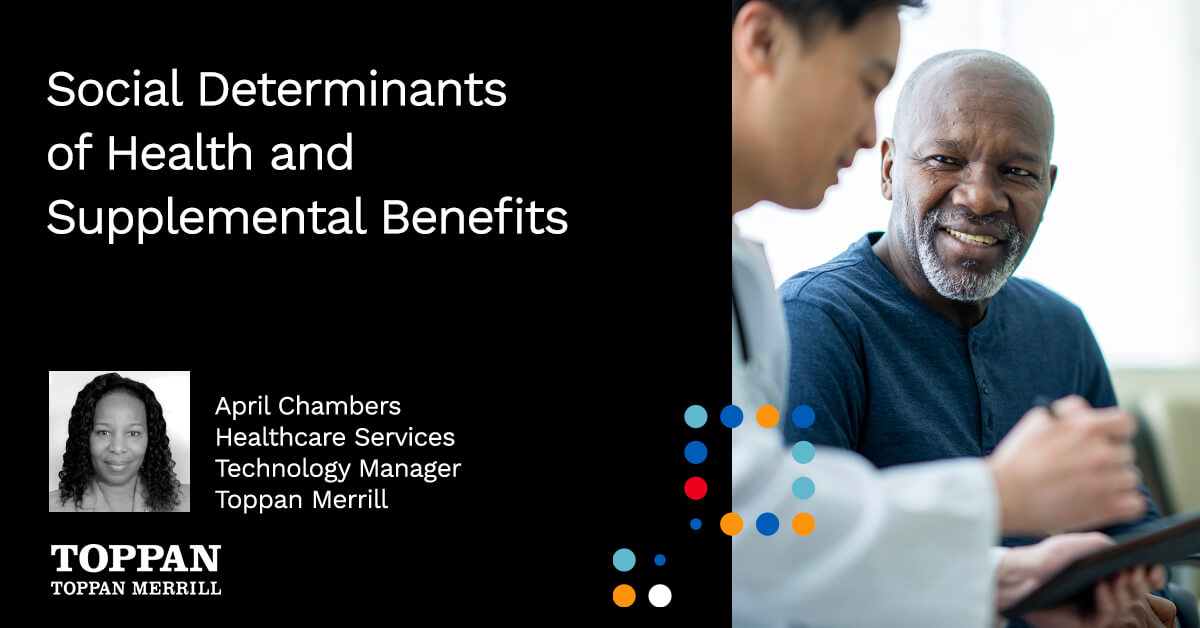Having a cohesive health plan communications strategy does more than improve healthcare communications, it enriches the member experience and reflects positively on your organization. As member interactions increasingly move into the digital space, it’s crucial for insurance companies to pivot their communications strategies to include digital fluency, in tandem with bolstering traditional communications approaches so that health plans connect with every member via their preferred channels. This can give you an edge in a competitive marketplace.
What an engagement strategy is, and how having one can increase health plan member engagement
A long-term solution to provide a positive experience that will keep your members coming back, effective engagement strategies meet current and prospective members via their preferred marketing channels and offer meaningful and useful functionality. Examples include making it easy for members to look up information about their coverage and cost-share amounts and being proactive about alerting members who have recent claims activity or active prior authorization requests when there are updates or changes in status.
It’s important to make the most of every touchpoint you have with existing and prospective members. But it takes some forethought to be truly mindful in your strategy. Here are six member engagement guidelines to help you strategize.
How can I improve my member engagement?
1. Offer omnichannel experiences and flexibility to work across channels
Individual preferences vary. Some members may prefer to access their claims information online or via an app. Some may want a printed explanation of benefits statements delivered by mail. Others may want a combination of print, digital and other forms of interaction, and they may switch back and forth from one episode of care to another. To truly cater experiences to suit member preferences, health insurance companies should offer seamless, cohesive experiences across multiple channels.
This means offering the same messaging, transactional opportunities, and notifications through a range of digital and traditional channels. It also means letting members select their preferred methods for interacting with their benefit plans and curating experiences across channels to seamlessly capture where the member is on their journey.
It also means doing the work to help avoid duplication should members opt to shift between channels. Members who receive the same messages broadcast via text message, email, push notification, traditional mailer, or outbound phone calls are likely to stop paying attention. The most effective member communications strategies let members select their communications preferences, track what messages members have already received, and ensure a seamless, cohesive strategy that carries across multiple channels.
2. Getting personal increases member engagement
Personalization gets the right messages in front of the right members at the right time. It’s also how you showcase to your members that your health plan values their individual healthcare journeys. Targeted messaging can include campaigns based on demographics. Or you can get even more granular, with individualized messaging and prompts to notify about claims status, active prior authorization requests, the need to update profile information, and more.
Anticipating the needs, interests, and preferences of each individual makes the member experience more impactful. Smart personalized member communications strategies employ messaging based on demographics, claims data, and other metrics that can help you fine-tune messages to make them feel more personally relevant to each individual. Moreover, personalization means messages should be delivered based on each individual member’s own preferences, whether they be traditional, digital, or a combination of approaches.
Don’t forget: It’s also important to ensure your personalized digital communications are accessible to all current and prospective members by maintaining Americans with Disabilities Act (ADA) and Section 508 compliance at every touchpoint.
3. Find the right voice to “talk human”
While grammar school may have taught us that professional communications should always adhere to the standard of proper English, people tend to be more casual in their conversations. Messaging that is too formal can come across as robotic or cold. It’s important, especially with digital communications, to impart a tone that’s more “human.”
Content creators should build their style guides around conversational conventions. Use contractions and shorter sentences. Keep language concise and clear. Avoid overly technical descriptions or needlessly complex phrasing. You can even insert humor when appropriate. It is also important to research the health literacy level and demographic information of your target audience. Then, content can be tailored accordingly to ensure it is understandable by your member. This is especially important with text, email, and in-app or online experiences since the member is interfacing with a device rather than directly with another human being.
4. Give members ready access to the tools they need
It should be easy for all members to find the information they’re looking for and the tools they need to accomplish necessary tasks. With health insurance, customer experiences should include easy access to benefits, eligibility, and claims information. They should also easily be able to access deductible and out-of-pocket accumulators, provider directories, treatment cost estimators, and other resources to help them make informed choices about their care.
The health insurance industry has long been encouraging consumers to take a more active role in their healthcare to help improve clinical outcomes. Health insurance companies can further their commitment to empowering their members by putting resources at easy reach. This is important, both online and offline, to support their decision-making. These efforts should go beyond merely linking to core benefits information to include promoting health risk assessments and linking to wellness, disease management, health coaching, or other programs, if available.
5. Don’t waste their time
No one wants to spend more time than necessary navigating a health insurance website or app looking for information or trying fruitlessly to accomplish tasks related to their benefits. Anticipating the needs of your members is key to optimizing member engagement across channels. You should make it easy for members to find the information they’re looking for and to complete necessary transactions.
Some of these needs can be anticipated by understanding industry trends and standards. A more proactive and integrative approach includes encouraging an active feedback loop to collect and analyze customer feedback across channels. The goal should be to optimize helping members meet their objectives on the first attempt. Looping in feedback from telephone customer service representatives can help identify challenges. Look for patterns that may indicate there are gaps in information or availability of resources and have processes in place for fine-tuning your strategy on an ongoing basis.
6. Integrate your organization’s story into every interaction
Never lose sight of your organization’s main storytelling priorities — and your opportunities for promoting it. You should weave your company’s value story into every member engagement. Members who opt for self-service interactions are often looking for ease and simplicity. But in the process, they might miss out on campaigns that promote your vision through more traditional channels.
Be mindful of how you can weave your value story into even micro-interactions. It will help you build trust and rapport with your members, which can have a positive impact on your organization’s reputation and member retention.
Ready to give your member communications strategy a boost?
Member communications have always been integral to the business of health insurance. Keeping members engaged and informed helps them get the most out of their benefits. It also builds value for employers who are looking for benefit solutions that help them get the most from their benefits investments. With some key strategies in mind, health insurance companies can employ member engagement strategies that put them ahead of the competition.
How Toppan Merrill can help
Toppan Merrill offers several services to help boost health plan member engagement, including document creation and management, sales enablement, omnichannel communications, printing services, and more. We deliver best-in-class solutions that help you respond quickly to changes in regulations, client needs and markets.
Learn more about how we can help you with mission-critical content by seeing our health plans member communication solutions.



